The Fokker D.XIII was a fighter aircraft produced in the Netherlands in the mid-1920s. It was a development of the Fokker D.XI with a new powerplant and considerably refined aerodynamics, and had been designed to meet the requirements of the clandestine flying school operated by the German Army at Lipetsk in the Soviet Union. Like its predecessor, it was a conventional single-bay sesquiplane with staggered wings braced by V-struts. The pilot sat in an open cockpit and the undercarriage was of fixed, tailskid type. The wings were made of wood and skinned with plywood, and the fuselage was built up of welded steel tube with fabric covering.
On 16 July 1925, one of the early examples of a production aircraft was used to set four new world airspeed records: the airspeed record for carrying a 500 kg payload (265.7 km/h ), the record for carrying the same payload over a distance of 200 km (264.2 km/h ), at the same time setting the same records for carrying a 250 kg payload.
Under the cover of a fictitious order from Argentina, the German Army purchased 50 aircraft and arranged to have them transported to Lipetsk via Stettin and Leningrad. There, they equipped the flying school throughout its existence until the German abandonment of the programme in 1933. At that point, the 30 remaining aircraft (including two that had been purchased separately from the original batch) were handed over to the Soviet Air Force.
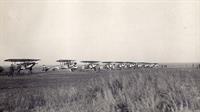
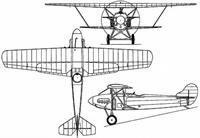
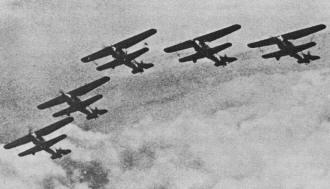
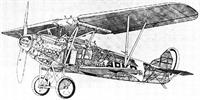
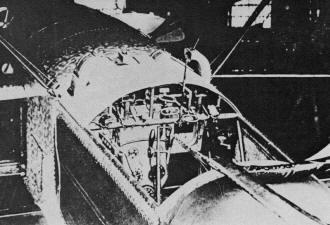
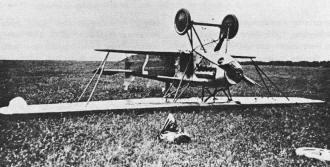

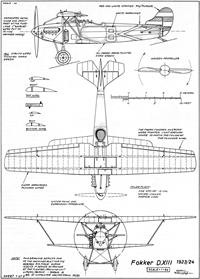



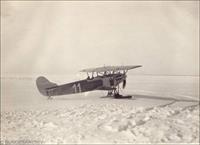



| Type |
Single-seat fighter |
| Engine |
1 Napier Lion XI |
| Dimensions |
Length 7,30 m , height 2,90 m , span 11,53 m , wing area 21,8 m2 , |
| Weights |
Empty 1180 kg, loaded 1610 kg , max. take off weight , 340 l tank in upper wing |
| Performance |
Max.. speed 271 km/h , cruising speed , range 575 km, endurance 3 h , service ceiling 8000 m , climb 9,8 m/sec. |
| Armament |
2 fixed forward firing LMG 08/15 "Spandau" machine guns |




